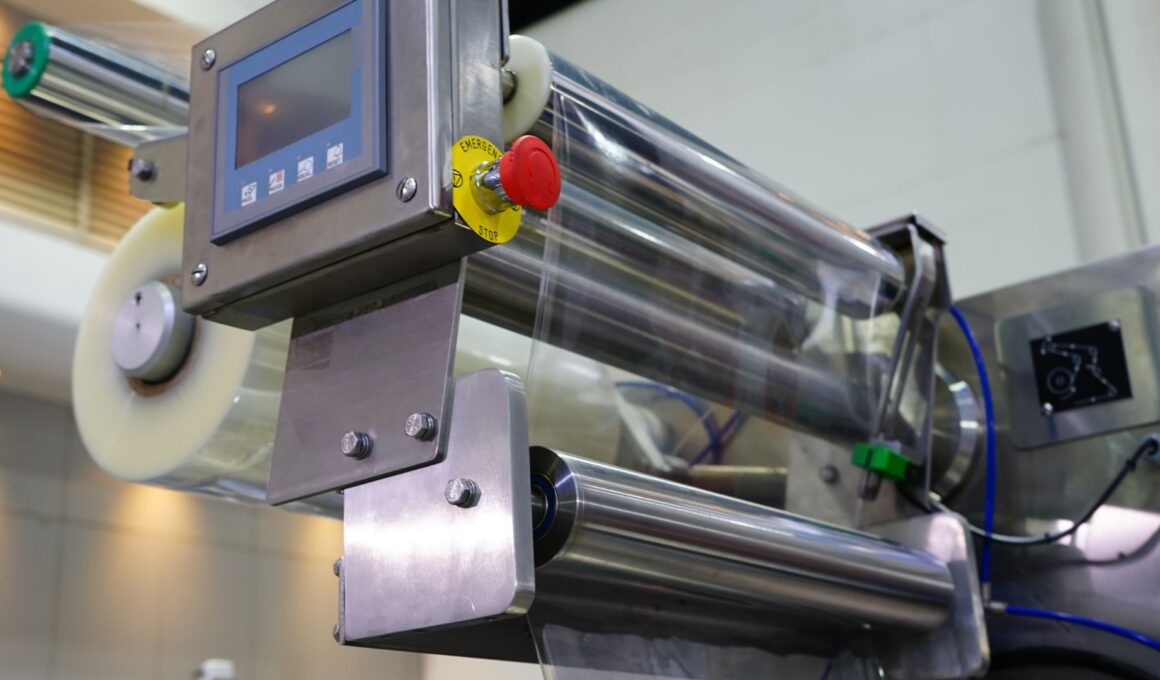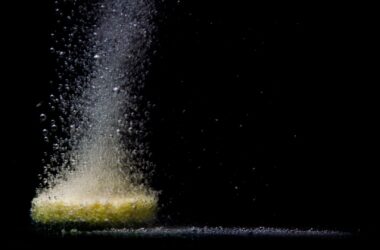The pharmaceutical industry is in a continuous state of evolution, driven by innovations in drug discovery, development, and manufacturing. Amidst these advancements, the packaging of pharmaceutical products plays a pivotal role in ensuring the safety, efficacy, and integrity of medications. In recent years, significant strides have been made in the development of packaging films, introducing cutting-edge technologies that cater to the unique needs of the pharmaceutical sector.
The Importance of Pharmaceutical Packaging
Pharmaceutical packaging serves as the final frontier in safeguarding the quality and potency of drugs. It must fulfill various critical functions, including:
1. Containment and Protection:
- Shielding pharmaceutical products from external factors such as moisture, light, and oxygen that could degrade their efficacy.
2. Tamper-Evidence:
- Providing visible indications of tampering to ensure the integrity of the product.
3. Child-Resistance:
- Preventing accidental ingestion by children.
4. Dosing Accuracy:
- Enabling precise dosing through appropriate packaging design.
5. Regulatory Compliance:
- Meeting stringent regulatory requirements for labeling, information provision, and safety.
Latest Technologies in Pharmaceutical Packaging Films
1. Advanced Barrier Films:
- New-generation barrier films utilize nanotechnology and multi-layer structures to provide exceptional protection against moisture, oxygen, and UV radiation. These films extend the shelf life of pharmaceutical products, particularly those sensitive to environmental factors.
2. Intelligent Packaging:
- Incorporating sensors and RFID (Radio-Frequency Identification) technology into packaging films allows real-time monitoring of temperature, humidity, and tampering. This is especially crucial for biologics and vaccines that require strict temperature control.
3. Anti-Counterfeiting Features:
- Packaging films now incorporate anti-counterfeiting elements such as holograms, QR codes, and unique identifiers to prevent the infiltration of counterfeit drugs into the market.
4. Sustainable Films:
- The pharmaceutical industry is increasingly adopting sustainable practices, and packaging is no exception. Biodegradable and eco-friendly films are gaining prominence as they align with environmental objectives while maintaining product integrity.
5. Smart Films:
- Smart packaging films can interact with consumers through smartphone apps. They can provide dosage reminders, medication information, and even facilitate communication with healthcare providers, enhancing patient engagement.
6. Child-Resistant Films:
- Innovative child-resistant packaging films are designed to be both secure and user-friendly for adults. They employ creative mechanisms to deter children from accessing medications while ensuring easy access for caregivers.
7. Printed Electronics:
- Printing electronic circuits directly onto packaging films enables real-time tracking of products, aiding in inventory management and traceability.
8. Thermoformable Films:
- Thermoformable films are designed to create customized blister packs, improving medication adherence and dosing accuracy. These films also enhance the patient experience by making it easier to access medication.
Benefits and Future Outlook
The latest technologies in pharmaceutical packaging films offer several advantages:
- Enhanced Product Protection: Advanced barrier films and intelligent packaging ensure medications remain potent and safe for consumption.
- Improved Patient Safety: Child-resistant features and tamper-evident technologies reduce the risk of accidental ingestion or tampering.
- Sustainability: Biodegradable films contribute to environmental sustainability and align with the industry’s commitment to responsible practices.
- Patient Engagement: Smart packaging facilitates communication between patients and healthcare providers, potentially improving medication adherence and health outcomes.
The future of pharmaceutical packaging films holds exciting prospects. Innovations will likely continue to focus on sustainability, patient-centric features, and enhanced security measures. As the pharmaceutical industry evolves, packaging will remain a critical element in ensuring the safety and efficacy of medications, making ongoing advancements in packaging films indispensable. These technologies not only protect pharmaceutical products but also contribute to improving patient experiences and outcomes, reinforcing their significance in the pharmaceutical landscape.







